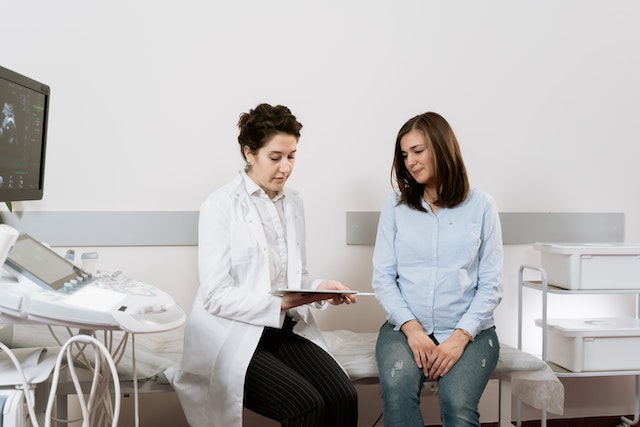ENDOMETRIOSIS
It affects 1 in 10 women and is typically manifested by severe menstrual pain, pain during sexual
intercourse or chronic pelvic pain. The prevalence of endometriosis in women with infertility can be
as high as 40%.
DIAGNOSIS OF ENDOMETRIOSIS
Typically spanning from a few years to over a decade, the diagnostic process has thus far proven to
be extremely difficult with the use of the currently available diagnostic methods (symptom-based
medical history, ultrasound examination, limited access to MRI examinations and their inconclusive
results or invasive laparoscopy not being recommended as diagnostic method).
EndoRNA qRT-PCR
Is an innovative, minimally invasive laboratory test for diagnosing endometriosis. It allows for early
diagnosis and quicker access to specialised treatment.
Previous slide
Next slide
0
mln
women worldwide suffer from endometriosis
0
years
the average time needed to diagnose endometriosis using currently available methods
0
days
the average time needed to diagnose endometriosis using the innovative EndoRNA test
MINIMALLY INVASIVE MEDICAL DEVICE
EndoRNA qRT-PCR represents a breakthrough in the diagnosis of endometriosis. Its use allows early diagnosis and quicker initiation of specialised treatment. EndoRNA test result supports healthcare professionals in further diagnosis and treatment decisions.
EndoRNA qRT-PCR is a test intended for quantitative measurement of the relative level of the expression of the FUT4 gene – a marker for endometriosis. In the test, FUT4 mRNA data are expressed relative to the GAPDH reference gene. The analysis is performed on the endometrial tissue sample collected from a patient in the secretory phase of the menstrual cycle to confirm or exclude endometriosis.
DIAGNOSTIC PROCESS
Małoinwazyjny test laboratoryjny
PRODUCT ADVANTAGES
After the sample collection, the patient can resume her normal routines
Quick diagnostic process, even within 48 hours from the sample collection (depending on the laboratory workload), while it may take up to 8 years today.
Following the coronavirus pandemic, PCR technology became globally accessible
EndoRNA test is a registered medical device
Quick diagnosis enables healthcare professionals to provide treatment sooner
Other currently available markers, such as CA 125 or Bcl6, are not specific for endometriosis
DIAGNOSTIC EFFICienCY
A ratio of true positive results to the sum of true positive and false negative results
© Diagendo 2024








